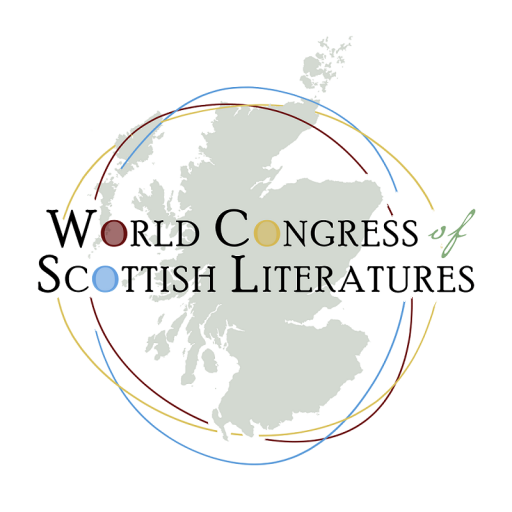The Multiplicities of (Scottish) Space and Image in the Work of Alasdair Gray
This paper, which will for the most part present the results of the author’s ongoing PhD research, will focus on the multiplicities of space and image in the work of the Scottish author Alasdair Gray, whose background as a painter and muralist does not figure into his illustrations alone, but also into the construction of his novelistic texts. Starting from a reading of existing state of the art literature by scholars such as Alan Riach, Neil James Rhind and Luis de Juan, emphasizing Gray’s relationship with postmodernity, the proposed paper will present a new approach to the conjunction of the visual and verbal in the author’s work, primary his novel Lanark (1981), but also Poor Things (1992) and Gray’s most recent translation of Dante Alighieri: Hell (2018). Moreover, the paper will explore the role of (Scottish) urban and “natural” spaces and the representation of resources that constitute them, as well as the ways in which the eco- and geo-critical lens can be employed to analyse how their images are constructed. The image will be the central theoretical term in this paper, which will look at narratives as different methods of expressing and navigating images. A pronounced visuality of Alasdair Gray’s work, the relationship with the city and the constructed idea of “nature” offer an excellent gateway into the wider politico-cultural context of Scottish literature, a self-reflective place of representing the imagined community of Scotland and the elusive idea of Scottishness inside and outside of Great Britain, Europe and the world. The paper will finally present a hypothesis that Gray’s Lanark can be read as a “postmodern graphic novel”, observing how this formal assumption intersects with the following structural and cultural topics: sequentiality and temporalities of space and image, genre construction, historiographic metafiction, gender and cultural identity, and community, while observing both the relationship between the analysed texts and the contemporary image of Scottishness, and Gray’s reception, shifting between international postmodern academic canonicity and his position as an alternative cultural and literary icon.
Petra Pugar, University of Zagreb, Croatia
